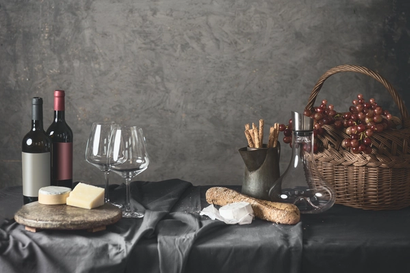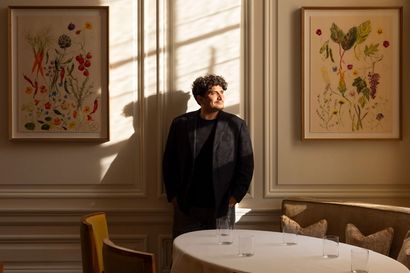The Bordeaux vintage of 2005 was, from the moment the wines were tasted, acclaimed as one of the greats. But immediate appraisals – particularly in Bordeaux, where the wines are first assessed while still ageing in the barrel – can sometimes fall victim to hyperbole. So, in 2008, Decanter magazine, of which I was then the editor, organised a tasting of the now bottled classed-growth wines – the crème de la crème – to see if they lived up to their initial billing.
The verdict was again effusive, but with one surprise. Amid a clutch of high-scoring wines, and outranking such luminous names as first growths Châteaux Lafite and Latour, was a little-known, humble fifth growth, Château Pédesclaux.
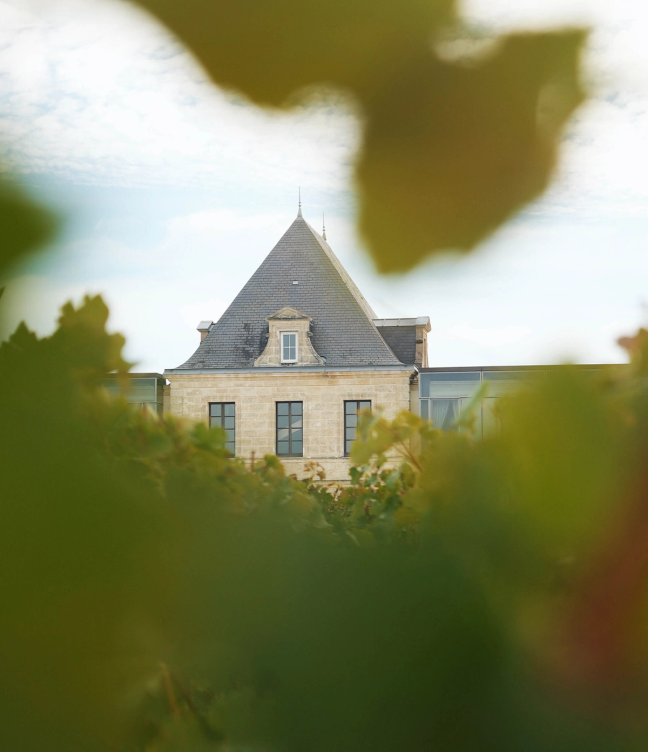

When the results of the tasting were revealed to the expert panel, there was widespread disbelief, verging on dissent. The renowned critic Steven Spurrier even demanded that the wine be re-assessed. “We can’t rate Pédesclaux more highly than Lafite. We’ll be a laughing stock,” I recall him saying. (Indeed, the US critic Robert Parker, no fan of Decanter or more lowly wines, wrote in a pointed and withering response, ‘Life is too short to drink Pédesclaux.’)
Taken on face value, though, it was not a total shock that a more modestly ranked château should make such a good wine in a great vintage – its vines lay next door to Mouton-Rothschild, in Pauillac, after all, where it enjoyed the same weather as everyone else. It’s in the ‘off’ vintages that the quality rises to the top and the greater resources of the Lafites and Latours of this world come to the fore. So, although the wines were indeed re-tasted, no re-scoring was permitted, and the original results were duly published (though not before one enterprising member of the panel bought ten cases of the wine, foretelling the inevitable price rise) and Pédesclaux enjoyed its 15 minutes of fame.
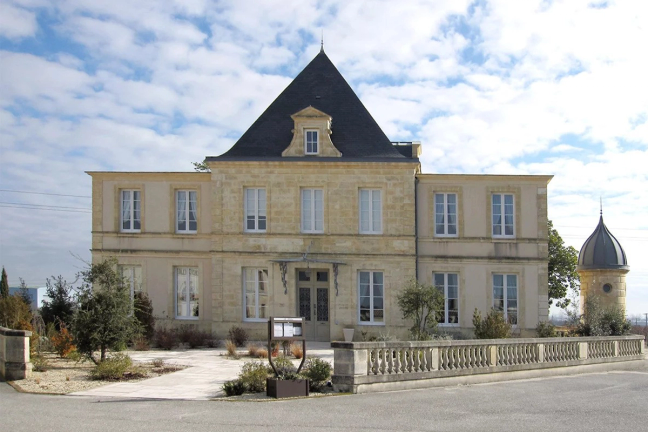

After that, things went quiet, and, to be honest, I didn’t give Pédesclaux much thought. I did notice, though, that the following year, the estate had been purchased by Franco-Swiss real-estate magnate Jacky Lorenzetti, better known to many as the owner of Paris-based rugby team Racing 92. And then, every so often, it would crop up in the news, largely through the standard investments that are made by billionaire new owners: a new, gravity-fed winery was unveiled; its cellar was upgraded to allow for plot-by-plot vinification; the château itself was transformed via an eye-catching glass façade to complement the original 18th-century architecture (a nod to greater transparency, apparently); the label was redesigned; and the vineyard team began a gradual conversion to organic viticulture.
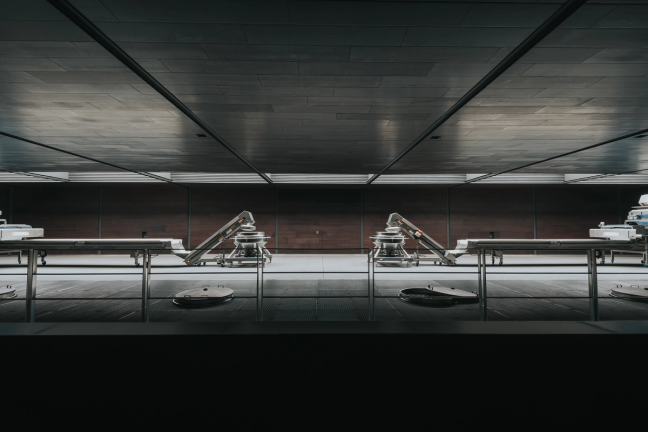
Lorenzetti also continued his spending spree elsewhere and Pédesclaux was joined in his Bordeaux portfolio by third-growth Château D’Issan (of which he bought 50 per cent, in 2013) and, in 2021, fourth-growth Lafon-Rochet. All of this added more sheen to Pédesclaux’s status (though it still remained firmly in the background compared to its more vaunted sibling properties) and, earlier this year, a decade and a half on from Lorenzetti’s purchase, I felt it was time to re-try the wines.

When I sat down to do so, I learned more about Pédesclaux’s transformation over the last 15 years. What I hadn’t realised was that, as well as upgrading the winemaking facilities and purchasing other châteaux, Lorenzetti had also been busy buying up land. Almost immediately after the 2009 acquisitions, six of the property’s 26 hectares of vines were deemed sub-standard, so were pulled up and replanted.
A year later, Lorenzetti bought the mid-ranked but well-situated Château Haut-Milon, which lay on a plateau behind Châteaux Lafite and Mouton-Rothschild. But instead of adding this estate to his growing stable of properties, he simply folded its 15 hectares of vines into the holdings of Pédesclaux.
Three years later, he did the same with the five-hectare Château Béhèré – another well-sited estate adjacent to the well-regarded Château Pontet-Canet. Since both estates, like Pédesclaux, lay within the confines of the Pauillac appellation, it was perfectly permissible for them to be subsumed into the larger property’s holdings and classed-growth status.
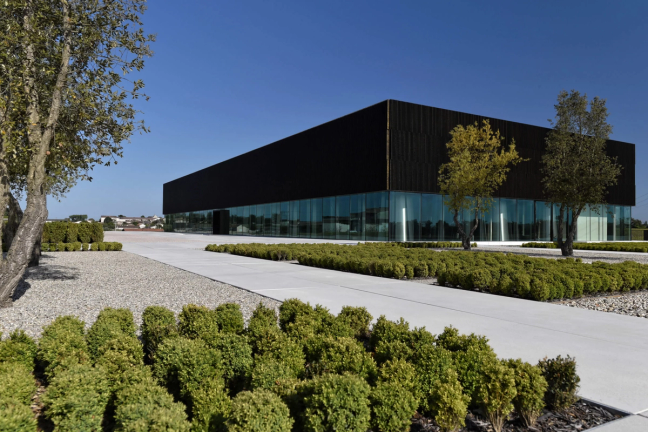
It is one of the many anomalies of Bordeaux that the 1855 classification, which rated wines on the basis of their holdings 170 years ago and has been set in stone ever since, can be circumvented by classed growths simply purchasing new, unclassified vineyards, often miles away from the château and those original holdings, and have them immediately become grand cru classé, no questions asked.
“The historical plot of Pédesclaux was not in good shape; we had to take out some vines and replant. But Haut-Milon was in better shape, so we could go a bit faster. It really helped us a lot,” admits Vincent Bache-Gabrielsen, its property director.
Today, after further acquisitions, the vineyards span 52 hectares, twice the hectarage they had when Lorenzetti took over. One could be forgiven for wondering if its identity still represents the 1855 version of Pédesclaux, when its fifth-growth status was first conferred. What it does represent, though, is a very, very fine wine – maybe better than a fifth growth.
I tasted ten vintages, from 2014 to the nascent 2023, and there was a clear and marked evolution in style and improvement in quality. The various acquisitions and replantings have seen an increased focus on cabernet sauvignon. In 2010, the variety made up 46 per cent of holdings; now, it has reached 63 per cent (the remainder comprises 27 per cent merlot, 7 per cent cabernet franc and 3 per cent petit verdot). That ‘Cabernisation’, as the estate calls it, has added greater definition, precision, concentration and gravitas to the wine.
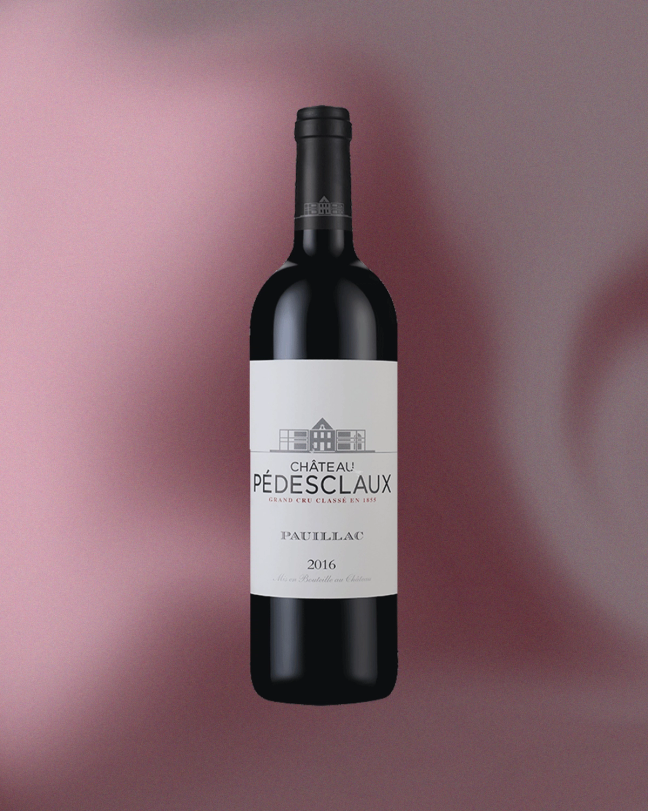
The 2016 Pédesclaux was the first in the property’s history to feature all four varieties, and it shows a wonderfully racy, energetic exoticism alongside that classic savoury evolution of a Bordeaux classed growth. It was the highlight, for me, among some very smart wines – so much so that, like that resourceful taster who snapped up under-priced stock of the 2005 after the Decanter tasting, I immediately went out and bought some myself. I suggest you do the same.
Want more drinks content? Read our review of the Port Phillip Estate 2022 Balnarring Pinot Noir…

Become a Gentleman’s Journal Member?
Like the Gentleman’s Journal? Why not join the Clubhouse, a special kind of private club where members receive offers and experiences from hand-picked, premium brands. You will also receive invites to exclusive events, the quarterly print magazine delivered directly to your door and your own membership card.
